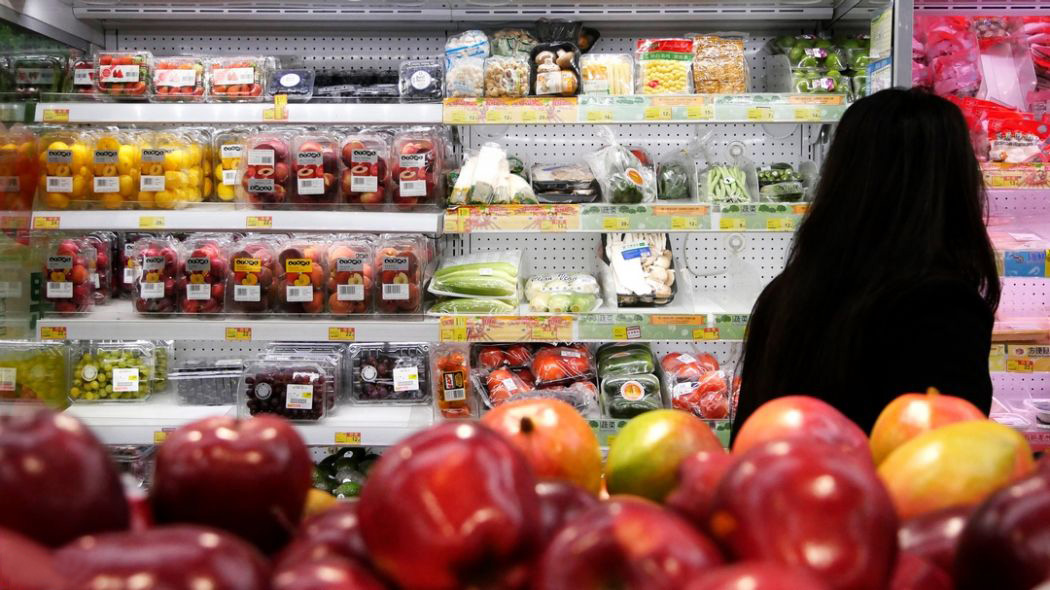Hong Kong Supermarkets under Fire for Selling Over-packaged Strawberries

Commenting on a recent criticism about supermarkets selling over-packaged strawberries, Prof. Lisa Wan told Hong Kong Free Press that packaged produce can give consumers the perception that the product is higher quality, and supermarkets can take advantage of this perception to charge consumers more.
According to the latest statistics released by the HKSAR government, the average resident produced 1.39kg of municipal solid waste per day in 2015 – a 3 percent rise from the year before and the highest level in 10 years. The increase was attributed to an increase in commercial and industrial waste, which was a mark of a strong domestic and external demand for commercial consumption, the government said.
Plastic comprised 20.9 percent of domestic waste and 24.8 percent of commercial and industrial waste in 2015. Plastic classified as “other” – which includes packaging materials, toys and scraps – comprised 9.5 percent of domestic waste and 12.7 percent of commercial and industrial waste. About 800,000 tonnes of plastic ended up in landfills in 2015, up 8.9 percent from 2014.
This month, a single strawberry nestled in styrofoam and packing material inside a plastic-covered box at a luxury Hong Kong supermarket caused an international furor, bringing the packaging problem to the forefront.
The pressure on supermarkets is ramping up, with local consumers recently renewing calls for supermarkets to reduce their plastic packaging in a petition which is near its goal of 10,000 signatures, and Stokes’ creative protest. But the problem in Hong Kong runs deeper and a solution will require more than just supermarkets to make changes.
Lisa Wan, Assistant Professor of School of Hotel and Tourism Management and Director of Centre for Hospitality and Real Estate Research at The Chinese University of Hong Kong Business School, told Hong Kong Free Press in an interview that most people simply don’t think about environmental issues when they are grocery shopping.
“When they’re thinking about buying food in supermarkets, they are just focusing on the taste, the quality, whether the food is good or not. They are less likely to think about the over-packaging as a key factor in not purchasing the food,” said Prof. Wan.
“Consumers also think that more packaging can protect the food from contamination,” she said. “More packaging gives them a more hygienic feeling – consumers in general feel disgust when they perceive that the product has been touched by other consumers,” she added.
Packaged produce can give consumers the perception that the product is higher quality, Prof. Wan said, and supermarkets can take advantage of this perception to charge consumers more.
Consumer behavior and packaging form a vicious cycle, she said. When supermarkets charge more for packaged products, they reinforce the idea that packaged goods are of higher quality.
Prof. Wan said the strawberry case is an example of consumers’ perception of quality, pointing out that people are willing to pay more for gifts, and that fruit is often bought as a gift in Asian culture. In Asian cultures, people are also concerned with “face” – a concept of social prestige – and the more nicely a gift is packaged, the more “face” the recipient receives.
“You need some good packaging to give face to your friends and family,” she stated.
Aside from protection during transportation, packaging has other purposes in supermarkets. Unlike a traditional wet market, where vendors provide a one-to-one service, consumers have to pick up the fruit themselves, therefore supermarkets have to use more packaging so consumers can serve themselves, Prof. Wan said; this approach allows them to save on labor costs.
Although environmental issues are not as important to some consumers, many are aware of them, and supermarkets should provide more options for consumers who do not want to buy fruit and vegetables wrapped in plastic, Prof. Wan said… Read More.
Source: Hong Kong Free Press
Date published: 25 February, 2017
Photo: HKFP/Catherine Lai

